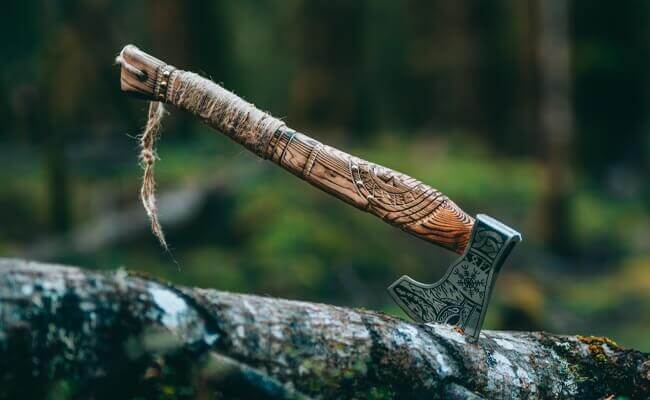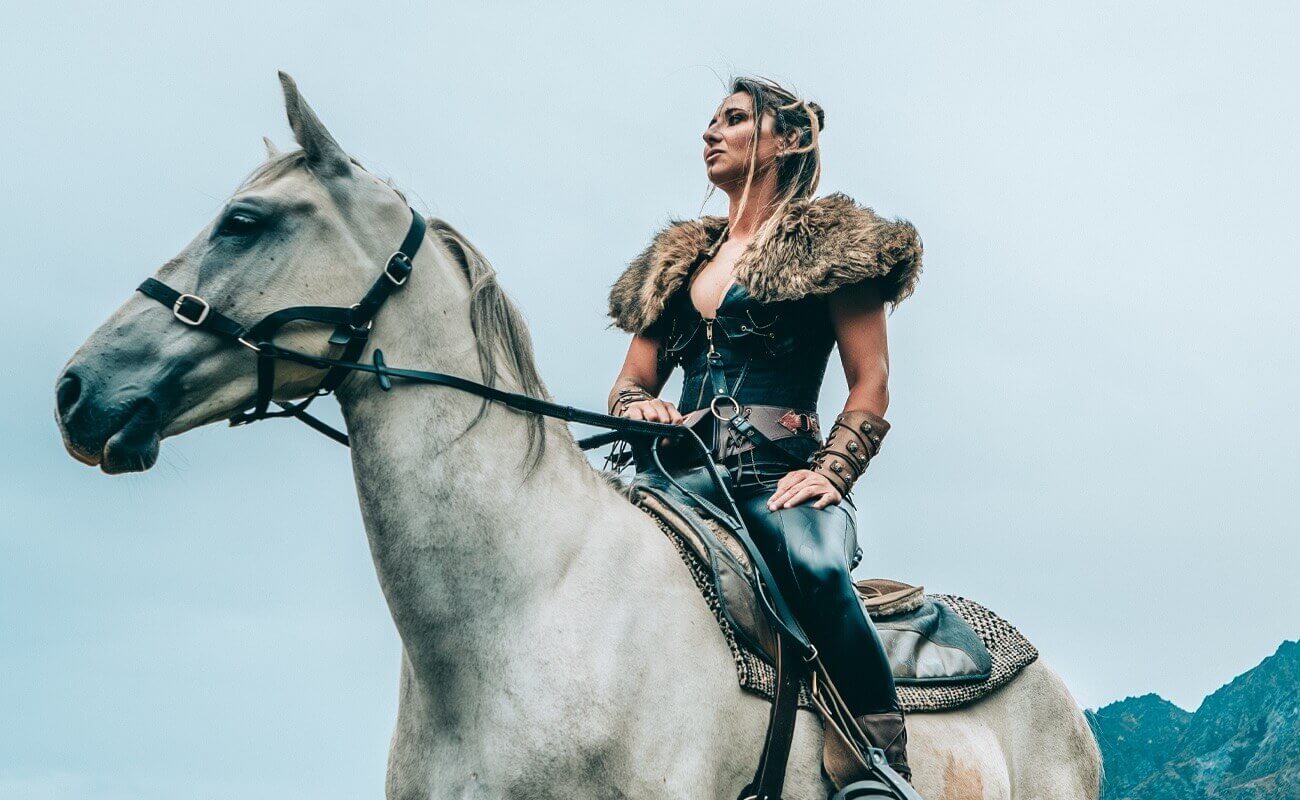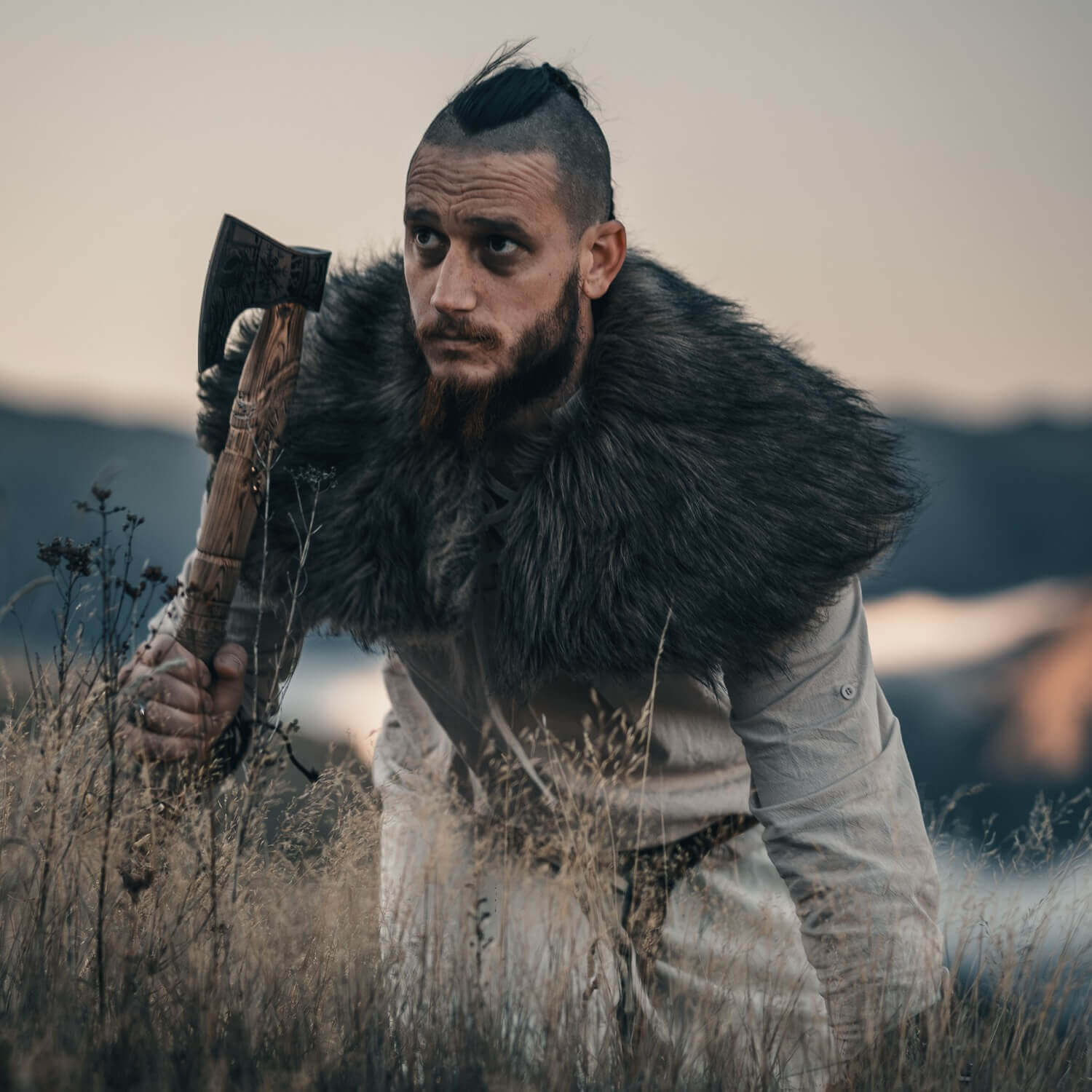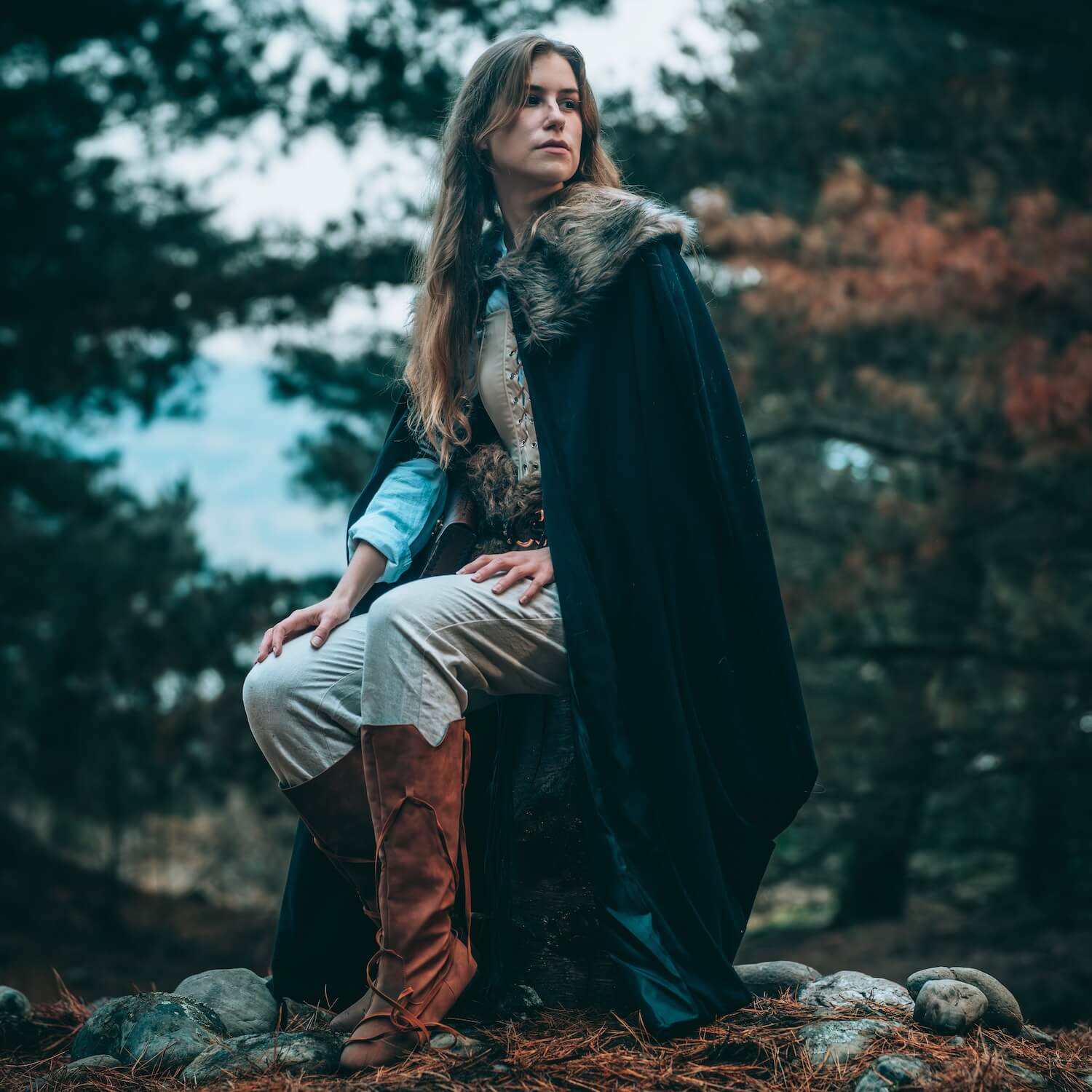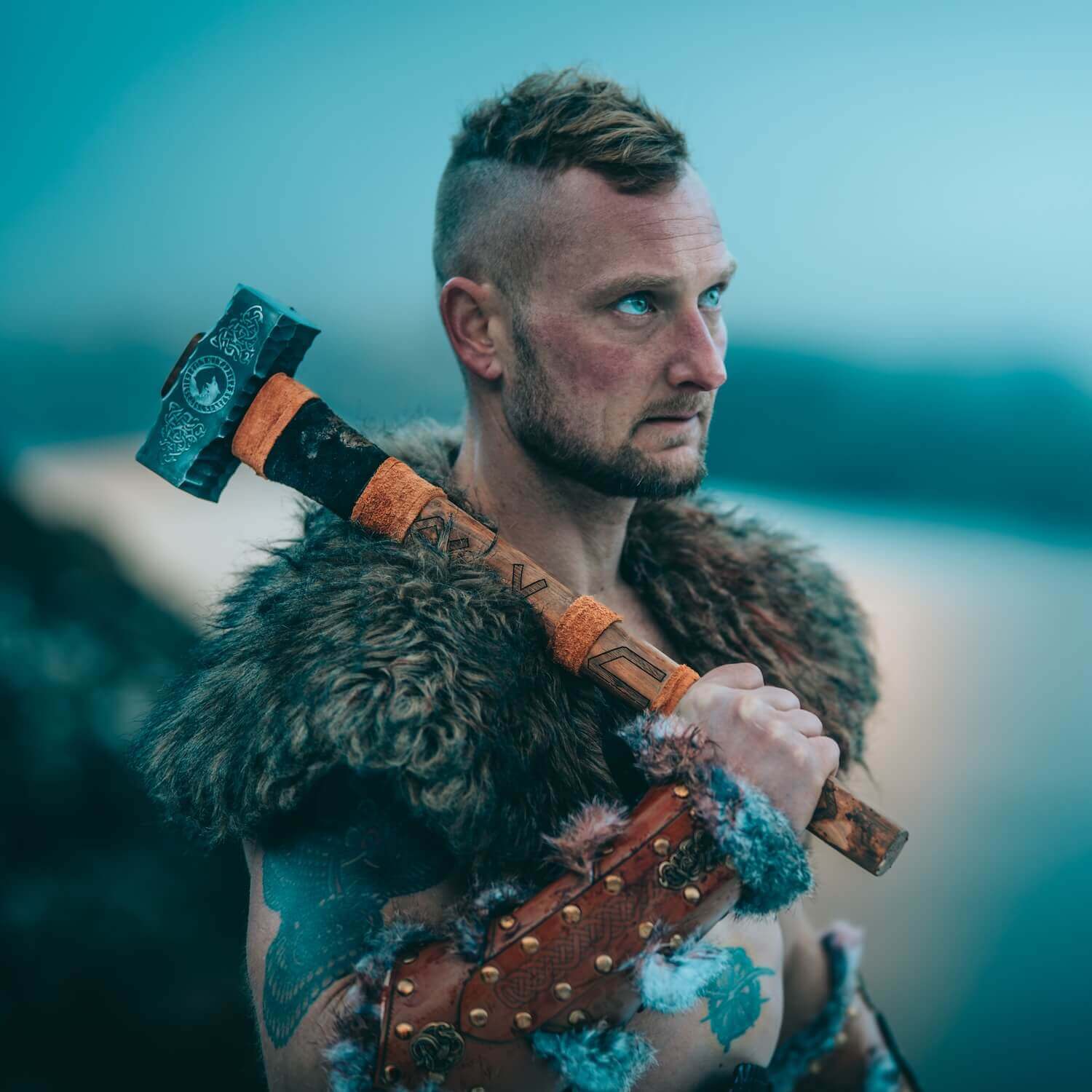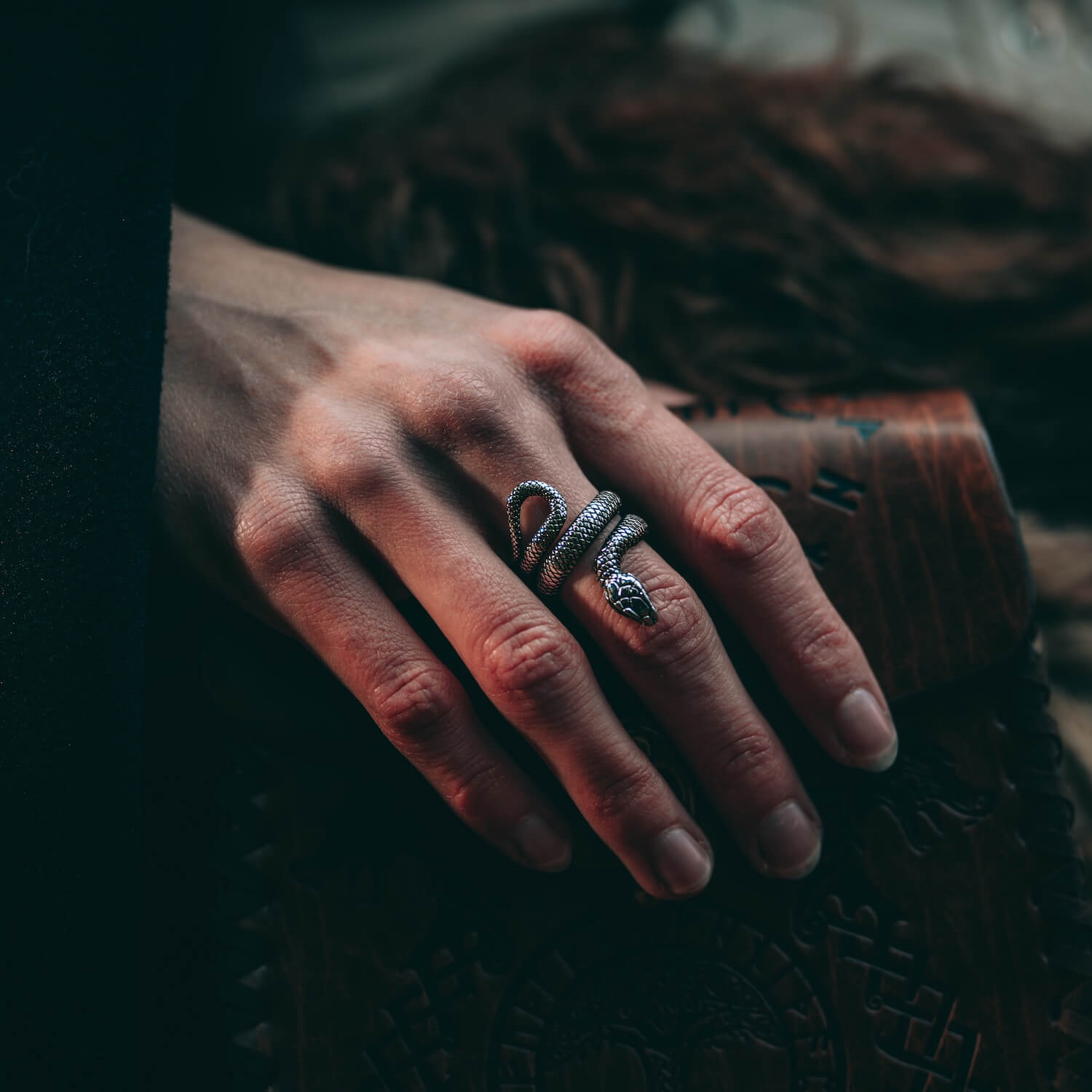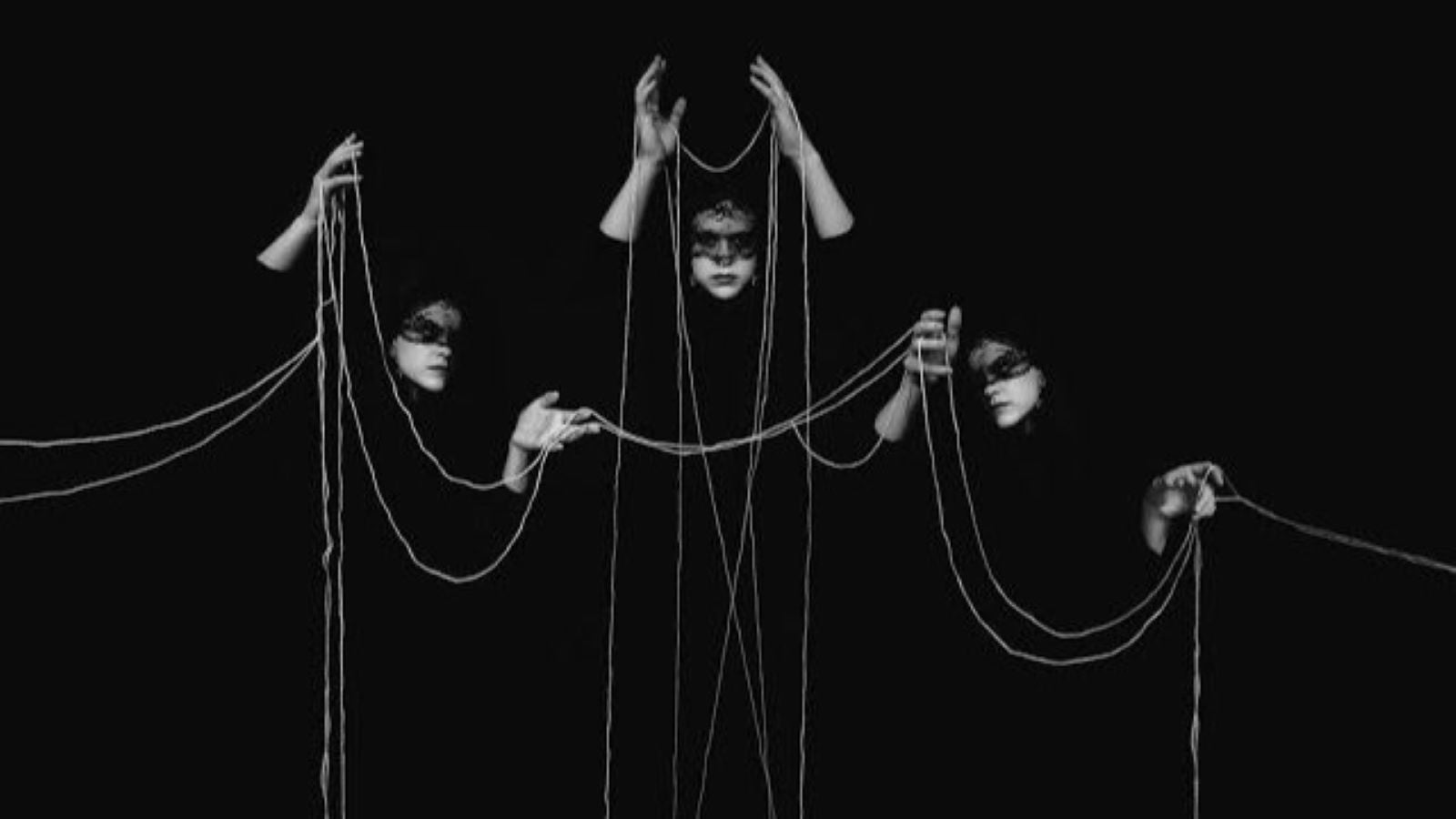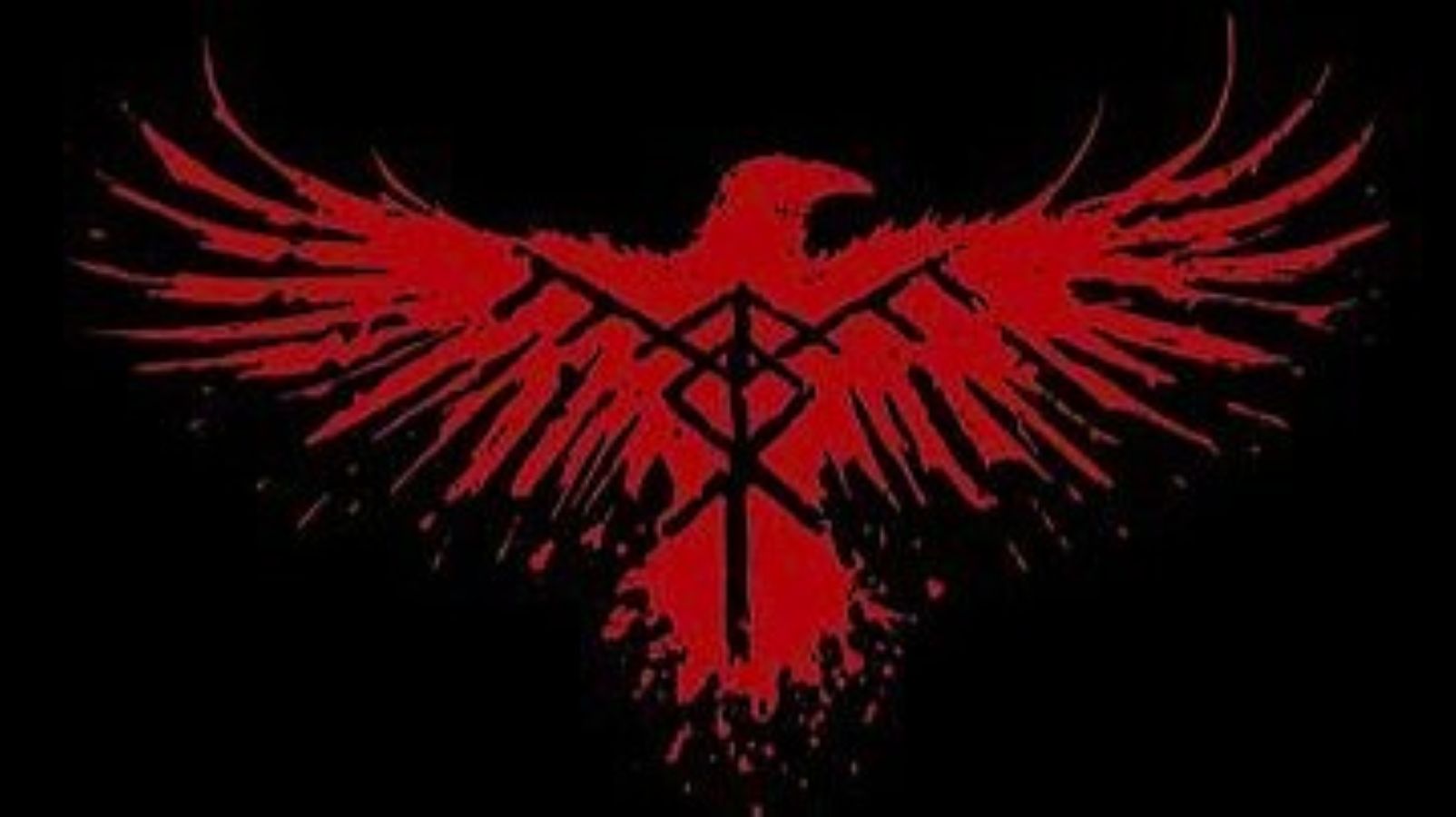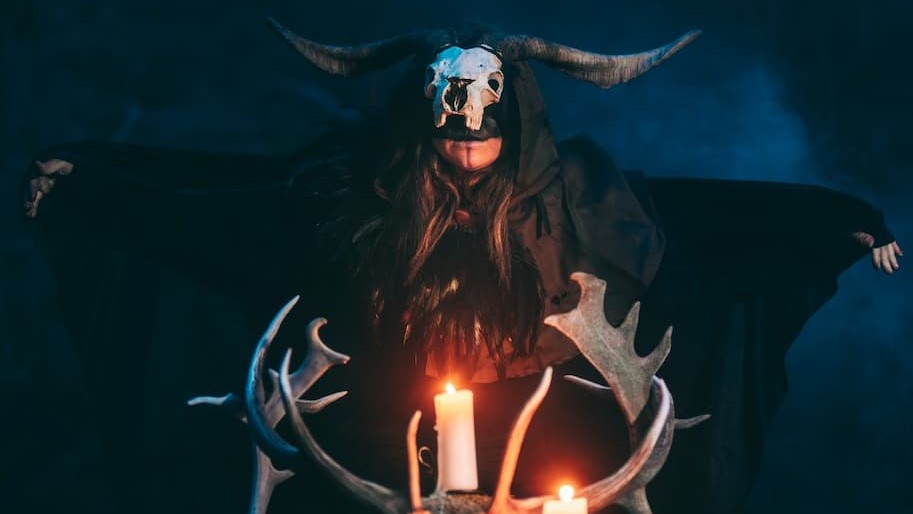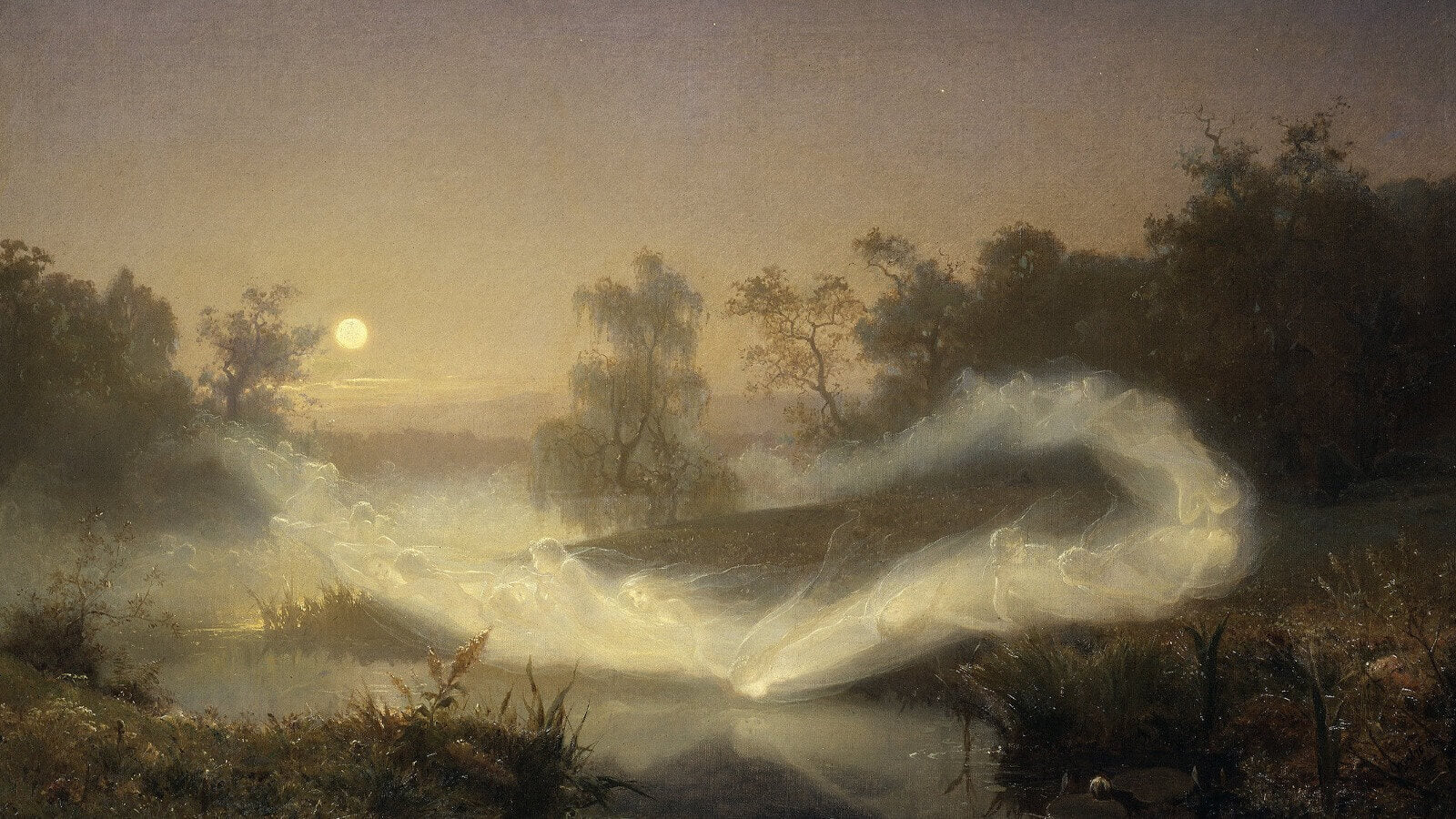
Elves and Dwarves — What's the Difference?
Modern interpretation of elves and dwarves gives clear delineation between the two: dwarves are generally seen as diminutive bearded living underground and excellent at mining and smithing, while elves are seen as ethereal beings, sometimes immortal, often adept at archery, wise beyond reckoning, or as pajama wearing imps that rest on bookshelves.
While some of these characteristics are derived from Norse tradition, and eddic sources, the original elves and dwarves may be closer related than we think today.
The Poetic Edda and Prose Edda give us our most detailed accounts of dwarves and elves, though stories of their exploits may be found in other literature. These texts also give us various names for reference: dvergr for dwarves, álfr for elves, with further characterization of svartálfar, dökkálfar, and ljósálfar, describing both dark and light elves.
Contemporary culture has represented each of these groups in a myriad of ways, from Tolkien, who even used names from the source text (Gandalf, Thorin, and Durin as just a few examples), to tabletop gaming, to the comics and films which portray dark elves as the mystical enemy of Thor. In this article we’ll explore just the source, and what differences are between the two groups.

First, the dwarves: from the Sons of Ivaldi and Brokkr to over 100 other named dwarves, both eddic accounts cite the emergence of all dwarves as Ymir himself, making them one of the oldest beings in existence, and mentions their home as being Svartalfheim. Even though the word Svartalfheim translates to “home of the dark elves”, many scholars agree, including Dr. John Lindow (a scholar and linguist specializing in Old Norse), this intersection must mean we can safely combine the two terms for “Dark Elf” and “Dwarf”.
Elves are another and interesting matter: there are very few references to elves by name, but one interesting theory makes them well worth mentioning. In Asgard, there are two different races of Gods: the Æsir and the Vanir; however, some scholars think the ljósálfar, or all elves in general could be the same as the Vanir. This because the Vanir are mentioned by name very seldom in the Eddas and the fact that Álfheimr, or, “Land of the Elves” was given to one of the most notable Vanir, Freyr, as a gift when he was just an infant.
While modern interpretation may have embellished the customs and traditions of each of these races, it’s easy to see where they got their ideas from: dwarves like Brokkr, Eitri, and the Sons of Ivaldi, renowned smiths, living in a realm beneath the earth and the ljósálfar, if not the same, then closely related to the Vanir, Gods like Freyr and Freyja, two of the most respected deity in the Norse Pantheon: no wonder they were associated with immortality, and wisdom!
All of this being said, for the unfiltered and original stories, the best course of action is to head to the source, and to read the translations of the Eddas yourself, especially when it comes to judging the differences between elves and dwarves.

